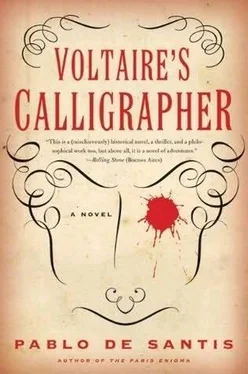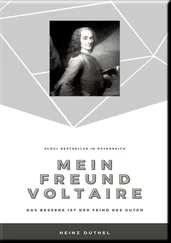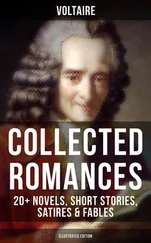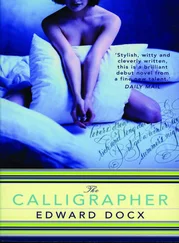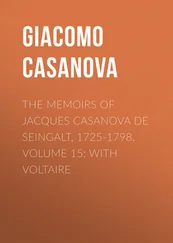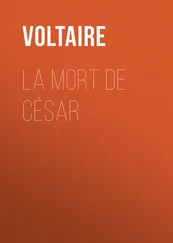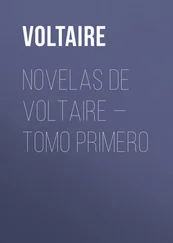The Jesuits had come to dominate the literal interpretation, which was actually the most difficult. Believing that an attack on the Dominicans might improve their position, they disseminated their own version of The Bishop’s Message . At the time, I had no idea of the journey that story had taken and believed it had been swallowed up, like so many other books printed in Paris every day. Often they would shine while a conversation or a dinner lasted and then disappear without any need for bonfires.
I walked past the Auberge du Poisson, afraid to go in until I was sure no one was waiting for me. If Von Knepper had kept his word, the other message, that brief confession, would already be engraved on a metal plate and would have taken over the automaton’s memory. I took a stroll and soon discovered one of the abbot’s guards. Tired of the wait, he was pretending to be blind, stretching his long, yellow fingers out to passersby who were trying to avoid him. He had begun to take his disguise so seriously that he was whispering who knows what threats into the ears of pedestrians, reaching out for them with his cane, its sharpened tip encouraging charity. He was a failure as a spy but a success as a beggar, and the hours of waiting had filled his pockets. I walked away with my eyes closed, like a child hoping not to be seen. I wandered the city for the rest of the day, not knowing where to spend the night that was coming, the night that had arrived, the night that was ending.
Very early the next morning, almost unintentionally, my footsteps led me to L’école de Médecine. Perhaps Kolm would still be there, testing his machine. The iron gate was open. When I reached the long, empty corridor, I could hear the sound of keys in the distance. I was so afraid of that noise, I had to convince myself the sense of danger was only in my imagination.
The room where Kolm was searching for the perfect machine was locked, but there would be no shortage of keys to unlock it. Signac, accompanied by the blind pretender, was suddenly beside me. The keeper of the keys held a lamp over my head, while his colleague brought the sharpened tip of his cane to my throat.
“All our lives, we open and close doors without realizing the consequences,” Signac said. “It’s like in the fairy tales: one door leads to the treasure and the other to the dragon’s den.”
Signac handed me a key. I knew something terrible was going to happen the moment I opened the door. I recalled the story of the Syracusans: perhaps I had come to the room where an executioner was waiting for me.
The key turned easily in the lock. It took some effort to push the door open, however, as the end of a rope was lodged between it and the frame. The door finally gave way and the rope was released.
I heard the whisper of the blade and then the impact. I don’t know whether Kolm had ever managed to test his machine on a cadaver, but it worked perfectly that time. The blade slid down the greased rails and cut cleanly. The head fell on the wooden floor and rolled to my feet. Kolm’s eyes were still open.
Signac lifted the lamp, and I could see that the machine looked exactly like the illustration of the Halifax gibbet. Kolm’s body was tied to a long table. His hair and the collar of his shirt had been cut to facilitate the blade’s work. I was still holding the key that had made me the executioner’s executioner.
“Do you know what Kolm said when I explained my plan?” Signac asked with a push, forcing me to walk down the corridor. “Now anyone can be an executioner.”
I heaved a sigh of relief at leaving that bloodstained room. The blind pretender walked ahead. The keeper of the keys came behind, locking doors as he passed.
We crossed the central patio with its thorny plants and blue leaves used for calligraphic pursuits. In the middle of the courtyard were two deep ponds made of black marble. There were sturgeon, squid, and a fish that glowed in the deep: all of them were used to make ink. In no hurry, the keeper of the keys and the blind pretender led me across patios and up stairs.
We finally came to the calligraphy hall. Tomes as big as coffins stood on the bookcase. An astonishing collection of quills and inks filled cabinets and shelves. The smell of the inks mingled with the stuffy air. In among bottles stacked in the shape of a tower, a star, a cross, I saw a human skull that was used as an inkwell and quills so enormous it was hard to imagine what bird they had been plucked from. The two guards who had brought me moved away, leaving me apparently free. Such implements could only have belonged to Silas Darel. I began to look all around me, in search of the great calligrapher, when I saw a small office. It was down a few stairs; I had to duck my head to enter.
Darel was working and didn’t look up. His hands were so white and fine it was as if a sudden movement might break them; his long nails looked like slivers of marble. He was concentrating on every stroke, writing slowly and forcefully, giving the words a definitive quality. This contrasted with the faint shadow of his hand on the paper and was itself another form of writing that seemed to say: for every word that remains, countless others disappear.
The calligrapher’s silence was like a glass wall around him. I’ve heard that focus is a form of prayer; if that’s the case, this man was most certainly praying. The light coming in through a small window fell across a Venetian inkwell filled with blood.
I was trying to see what Darel was writing, looking for my name among the red words, when the answer came from behind me.
“He’s writing our history,” said the abbot, who had come in quietly. “But he’s not bound by the usual rule of waiting until things have happened. He’s finished with the past and is now busy with the future. Our enemies have the Encyclopédie and the will to clarify all things; we have calligraphy and a duty to mystify the world.”
The sound of pealing bells seemed to reach us from far away. The abbot unrolled a piece of paper before me.
“I want you to write your confession. Who sent you and why. Every word must be true. Our master calligrapher doesn’t hear but only sees, and he can recognize the hesitation of a lie in handwriting. If that happens, he will plunge his quill into your neck before you know it. I’m sorry I won’t be here to watch the exam, but the envoys from Rome are waiting.”
A small inkwell was set in front of me and a quill placed in my hand. The abbot hurried to the door, accompanied by the keeper of the keys. The other guard had disappeared. Darel opened a drawer and pulled out a sharpened quill, the tip so pointed it would tear the paper at the slightest touch.
I slowly wrote the truth, wondering whose blood was now my ink. I tried to delay putting the name Voltaire on paper. Darel, who didn’t read the words but only the handwriting, must have noticed something because he attacked me with his quill, wounding me on the face. The pain forced me to stop. I pulled out a handkerchief, and when I brought it to my cheek, a strange symbol was imprinted on it.
I didn’t want him to hurt me again. What was so absolutely true that Darel would refrain from attacking me? I recalled how we used to repeat his name, in secret, in the cloisters at Vidors’ School. I had finally seen the legend, and the legend was going to kill me. Slowly, as slowly as the automaton, I wrote the text the bishop was writing at the very same time before the eyes of Rome:
DO NOT LOOK FOR THE BISHOP IN THESE HANDS…
The envoys from Rome had read the Jesuit interpretation of The Bishop’s Message and came prepared to understand: they arrived at the palace with an escort of twenty-five men. When the signal came, when Von Knepper’s creature wrote the forty-two words dreamed up in Ferney, there was no need to ask for an explanation:
Читать дальше
Конец ознакомительного отрывка
Купить книгу
